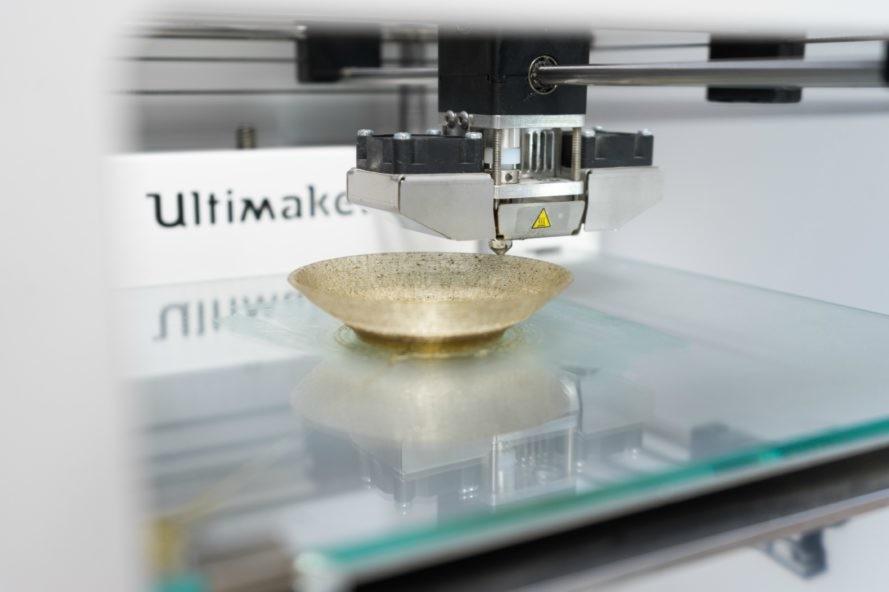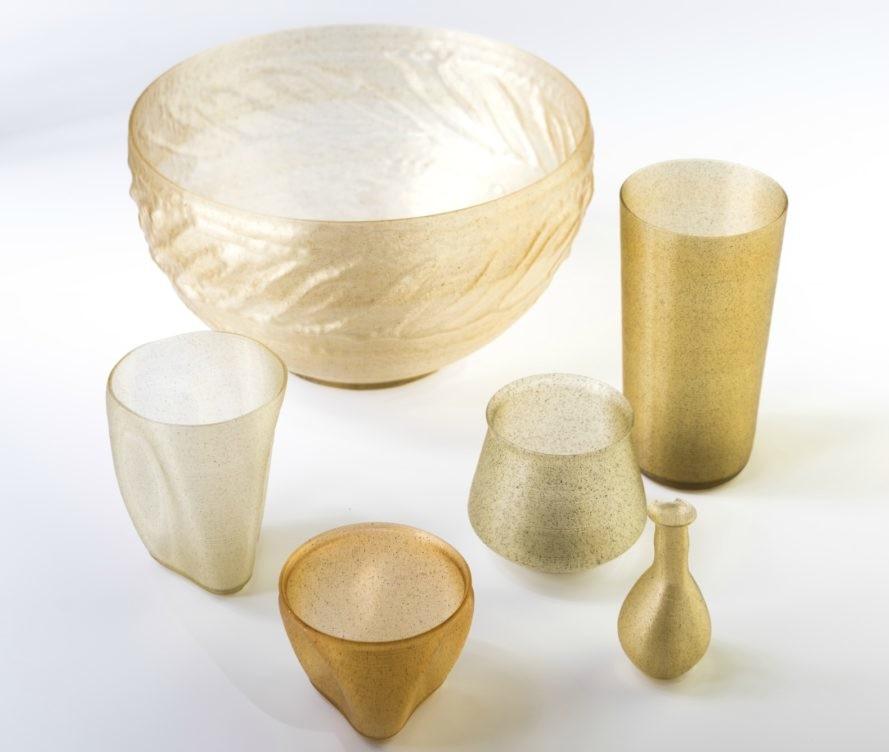3D Printable Algae Could Be A Green Replacement For Plastic
Two Dutch designers have created a 3D-printable bioplastic made from algae. With the ability to be printed into any shape, the substance has the power to replace plastics while also reversing its pollutant effects.
Updated Nov. 19 2020, 9:38 p.m. ET
Plastic is pretty much the bane of green existence, but its low cost and high versatility have kept it in production for decades—and into the foreseeable future, too. But as more and more people work to find alternatives to the polluting material, a viable solution may have been found at the intersection of technology and algae.
Dutch designers Eric Klarenbeek and Maartje Dros have created a 3D-printable bioplastic made from algae. Able to be printed into virtually any shape, this new substance could finally be the viable alternative to plastic researchers and environmentalists have been searching for for years.
The design duo create their bioplastic first by cultivating the easy-to-grow, green and abundant algae in a lab. The algae is then dried and processed into a liquid bioplastic, which can then be used to 3D print any number of objects, from shampoo bottles and tableware to trash cans. The innovative process could completely replace products made from fossil fuels, according to Inhabitat.
Replacing plastic with algae is revolutionary on multiple levels. Of the 8.3 billion tons of plastic that have been produced worldwide to date, 6.3 billion tons have been processed into waste. 79 percent of that is sitting in landfills, where it takes up to 600 years to decompose, further releasing pollutants into the atmosphere. 10 million tons make it into the ocean every year, creating microplastics that kill marine life.
Not only does plastic clog our landfills and waterways, the production of plastic is itself a major pollutant. As World Counts reports, "when plastic is produced, it’s made from toxic materials such as benzene and vinyl hydrochloride. It's destined to be toxic from birth to forever. These chemicals are known to cause cancer, and the manufacturing byproducts contaminate our air and soil. The type of plastic that is the major source of dioxin is PVC."
Algae, on the other hand, is a natural pollutant cleanser—it soaks up CO2 from the atmosphere everywhere it grows, which has led it to be used in many ways to clean the environment. This includes an algae dome that creates oxygen while growing food; a highway lined with tubes of algae to mitigate car exhaust; and, just recently, colorful, edible straws meant to replace plastic ones.
With its ability to not only cut the waste produced by plastic but also reverse its affect, the Dutch designers believe algae bioplastic is what we need to save the environment.
“Algae is equally interesting for making biomass because it can quickly filter CO2 from the sea and the atmosphere,” the designers told Inhabitat. “Everything that surrounds us – our products, houses and cars – can be a form of CO2 binding. If we think in these terms, makers can bring about a revolution. It’s about thinking beyond the carbon footprint: instead of zero emissions we need ‘negative’ emissions.”



